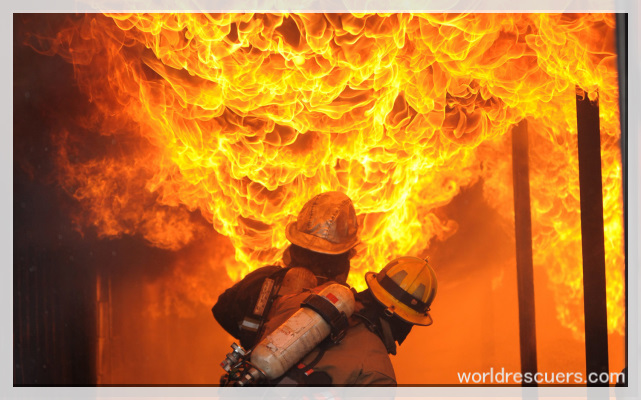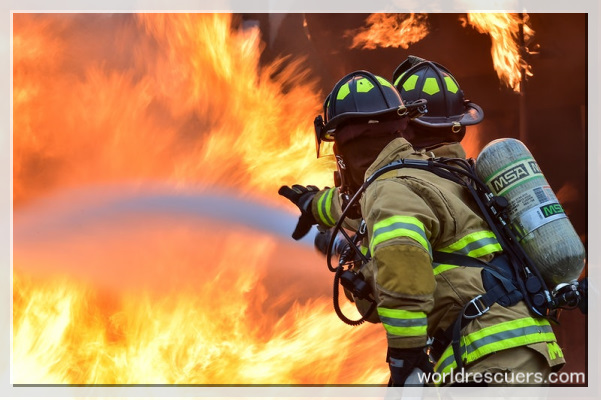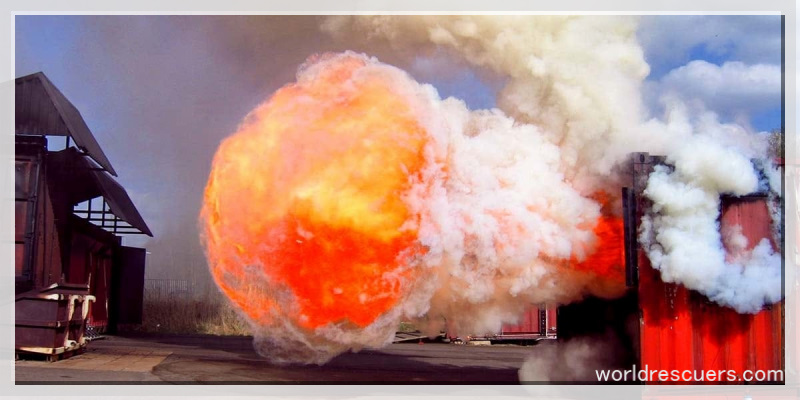
What is Flashover?
A flashover is a sudden, usually explosive, and short-lived increase in temperature that occurs when something catches fire. It happens quickly in small spaces, often within only a few moments. Flashover can be caused by one source of ignition or by many. In most cases, flashover burns do not spread beyond the initial source of ignition. Flashover is a hazardous condition that occurs when the exterior thermal layer of an object, such as a building, ignites. It can increase the temperature of an enclosed object at a rate that is not sustainable but is not dangerous to the thing itself. It requires a firefighter to identify the situation quickly. They should get out of the area before they are harmed.

There are several different definitions of flashover fire and different types of flashovers that exist. The NFPA now calls all the different types of flashover rapid fire progress, those different types. The most common is a hot, rich flashover. That’s the most common that firefighters run into on the fire ground. The cause of a flashover or a hot, rich flashover is what I’m referring to as thermal radiation feedback.
Everything in nature tries to find a balance. If I grab a can of Coke, that Coke will warm up, and my hand, in turn, will cool off. The same thing is happening inside of a structure. The seat of the fire is growing. Once it can’t find that harmony or that balance has exceeded, the material starts to break down, form a gas called carbon monoxide, and radiate that heat back to the center of the room. Once it reaches the center of the room, it will want to try to find a way to go back to the walls. But like a sponge, it can only absorb so much heat.
It’s time to get out
So then, that heat begins to build and build until it reaches its ignition temperature. And then it ignites into the fire, and you get flames breaking out through the gas and every single surface in that room. It’s all about heat and energy. You have to have heat to break down a solid into a gas. And that’s what produces that very volatile gas. And that’s what’s killing and hurting us this day. Another type of rapid-fire progress, or RFP, is the backdrop. That’s probably one of the most uncommon types we encounter on a fire ground.

Rollover is what we call a lean flashover; the gas is just mixing with the oxygen at the level right above the firefighter’s head. In other words, you might have flame up to the ceiling level, but what you’re seeing are just the sporadic snakes or wisps of flame occurring in the smoke. If you witness rollover, you have seconds before flashover will happen. ppe firefighter can reduse the risk of harm.
Factors involved in a flashover
So, here are some factors involved in a flashover compiled from various sources:
- Location of fire
- Size of compartment
- Shape, area, and volume of the compartment
- Heat gain and heat loss
- Contents and their relative surfaces, materials, etc.
- The ambient temperature at the beginning of the fire
- Location and height of doors, windows, and openings
- Fire growth rate

COMMON FLASHOVER INDICATORS
Moreover, here are some reported observations on indications flashover occurred from “Flashover and Fire Analysis.”
- Witnesses commonly report fire “exploded.”
- Rapid flame extension that moves laterally through compartment
- Breaking of external windows
- Flames extend beyond the case to adjacent compartments
- Full room involvement

Hi, I am John Smit a Captain in Fire Department City of Newyork with over years of experience in the field of Firefighting and HSE. My passion for fire safety started when I was a young boy and witnessed a neighbor’s house go up in flames along with precious lives. Since then, I had dedicated my life to ensuring the safety of buildings, properties, and individuals in case of a fire and medical emergencies.

